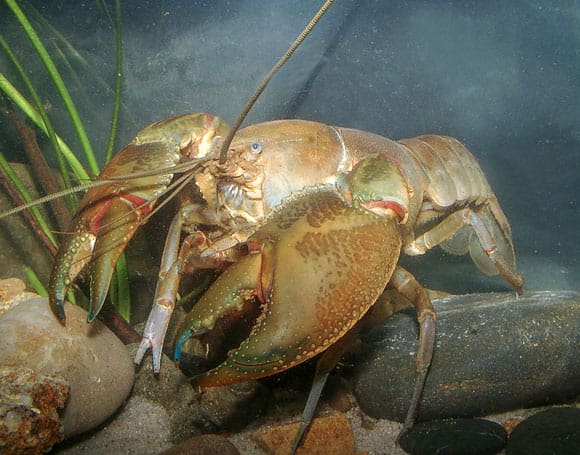The fossil record of freshwater crayfish is surprisingly sparse, comprising mostly trace fossils, some body fossils and rarely gastroliths. Paleontologists from Flinders University, the University of New South Wales, Canterbury Museum and the University of Canterbury have now discovered that a tiny molar on mandibles (jaws) of Gondwanan freshwater crayfish has a hard robust apatite layer that may well facilitate fossilization. They’ve found eight jaw fragments from fossil freshwater crayfish that lived in New Zealand during the Early Miocene epoch.

Support authors and subscribe to content
This is premium stuff. Subscribe to read the entire article.
Login if you have purchased
